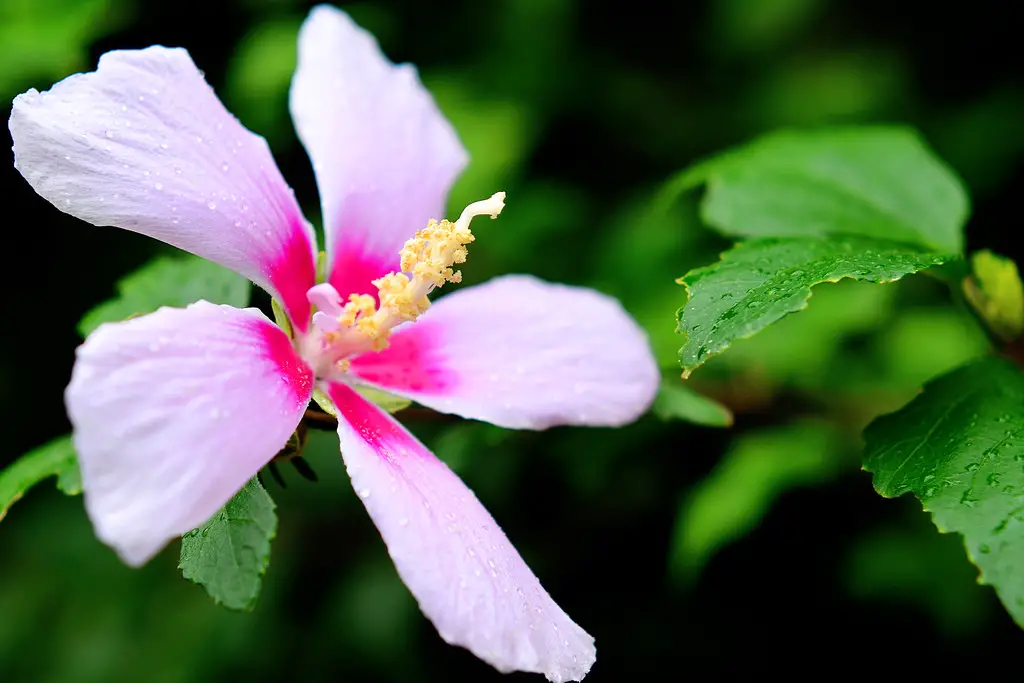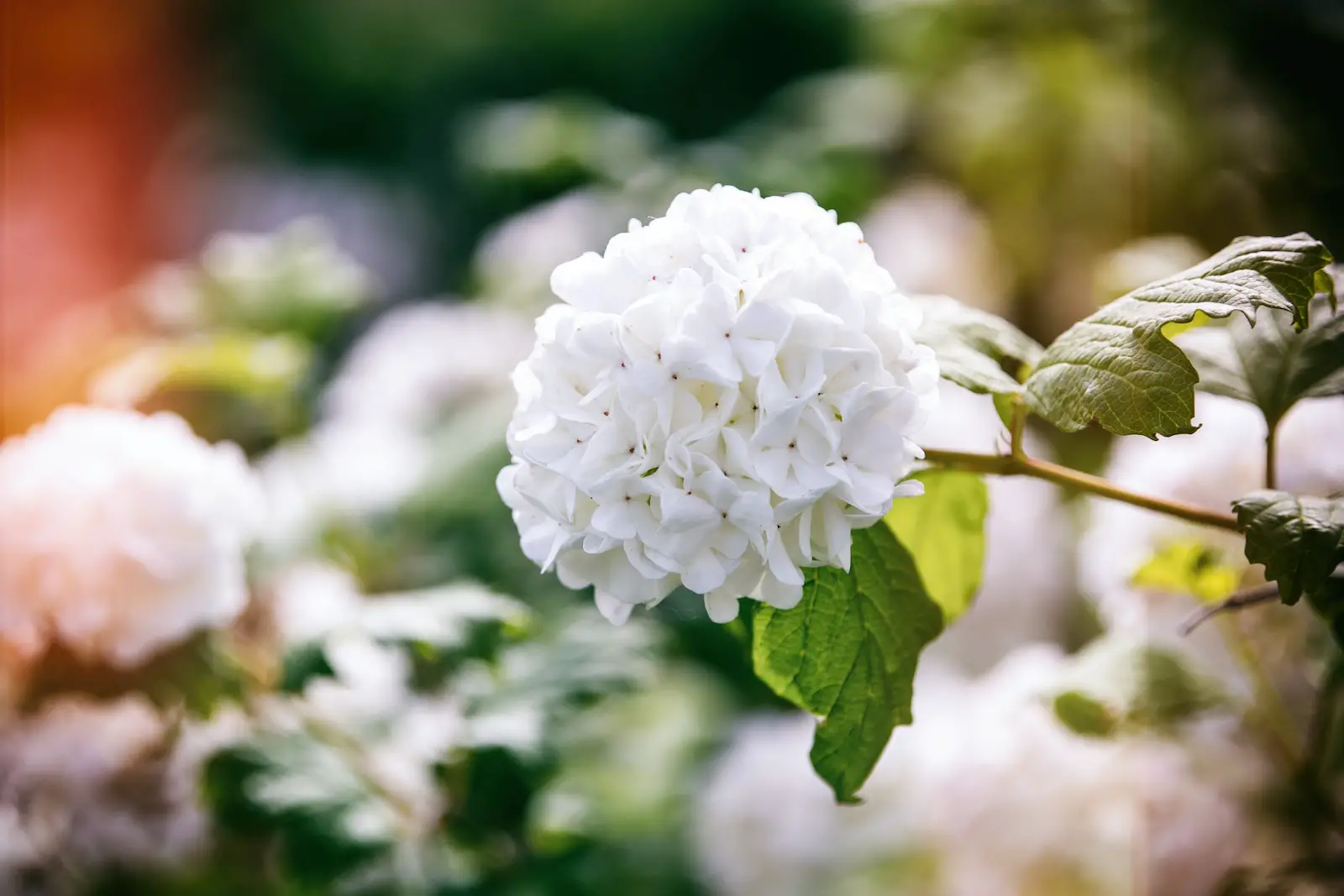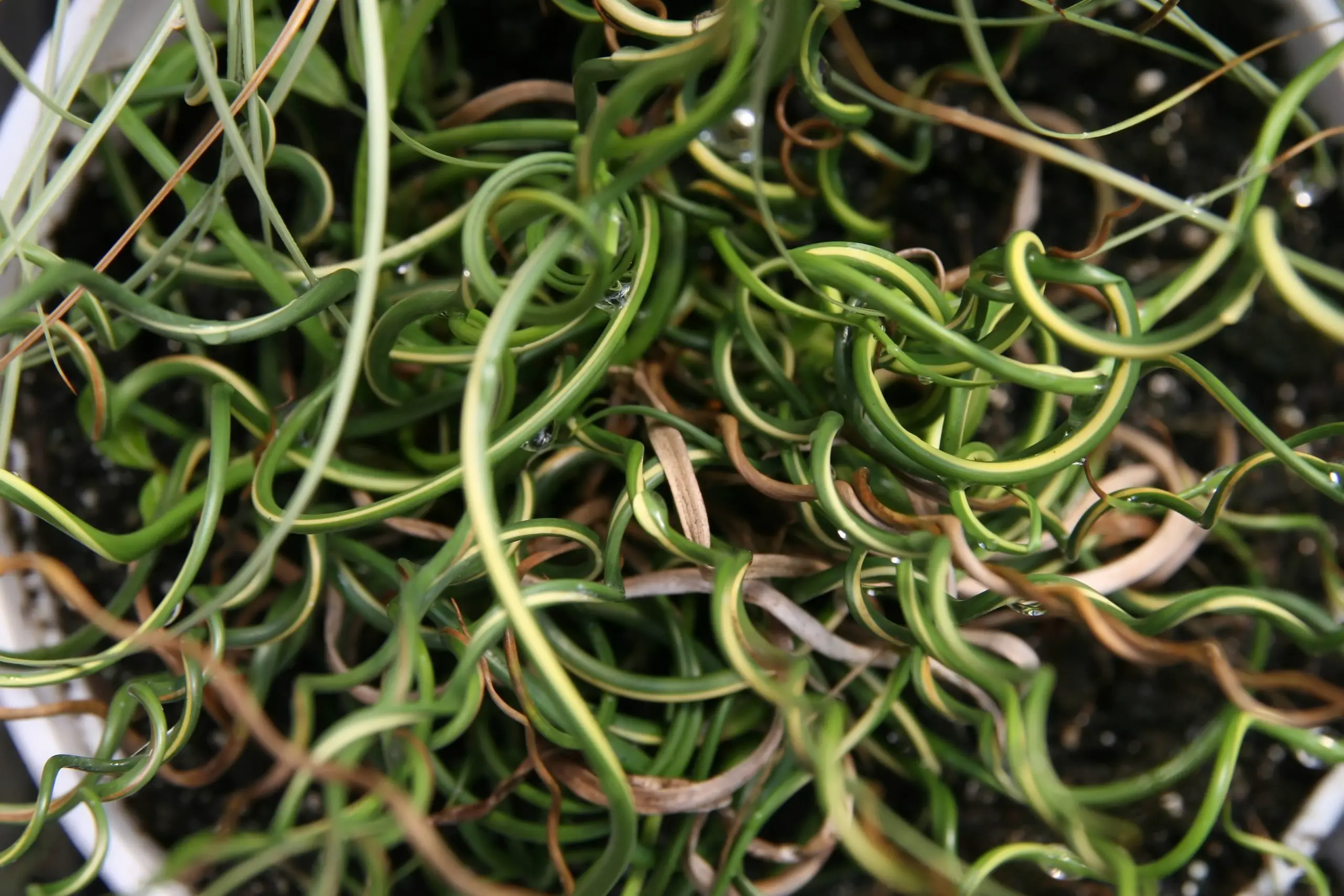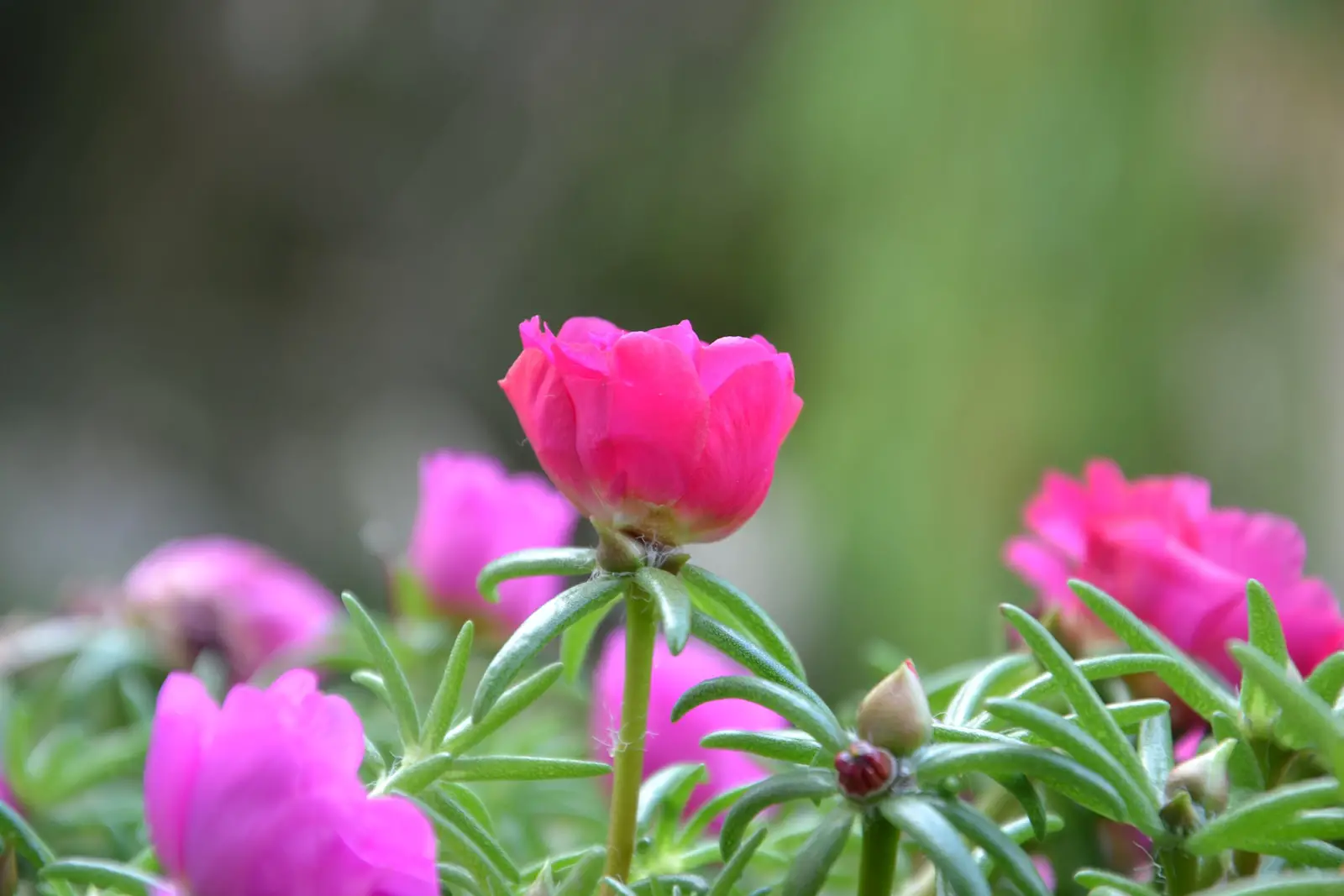The Rose of Sharon, a spectacular flowering shrub, often misleads with its name as it’s not a rose but rather a member of the Hibiscus family. The blossoms of this plant, usually blooming from late summer to early fall, bring a vibrant touch to gardens when many other plants have stopped flowering. With large, trumpet-shaped flowers that come in shades of white, pink, red, and lavender, it’s a visual delight that attracts butterflies and hummingbirds alike.
Rose of Sharon, native to Asia and India, has found a home in many North American gardens. It is a resilient plant that thrives in various climates, and its late-blooming characteristic adds interest to the landscape during a season when color can be sparse.
With minimal care, this shrub can grow quite large, reaching heights of up to 12 feet. Gardeners value it for its versatility, as it can be used in borders, hedges, or as a stand-alone specimen. Its woody stems and graceful foliage add to the attraction, making it a favorite among many garden enthusiasts.
| Common Names | Rose of Sharon, Althea, Syrian Hibiscus |
|---|---|
| Botanical Name | Hibiscus syriacus |
| Family | Malvaceae |
| Plant Type | Deciduous Shrub |
| Mature Size | 8-12 ft tall, 6-10 ft wide |
| Sun Exposure | Full Sun |
| Soil Type | Well-drained, acidic to slightly alkaline soil |
| Hardiness Zones | 5-9 |
| Native Area | Asia, India |
Rose of Sharon Care
Rose of Sharon is relatively low-maintenance, needing only basic care to thrive. It is adaptable to various soil conditions, but prefers a well-draining, slightly acidic to alkaline soil. The plant is drought-tolerant once established but benefits from regular watering during the first year.
Pruning can be performed to control size and shape, especially if used in a hedge. Regular deadheading of spent flowers encourages further blooming. The addition of mulch around the base helps retain moisture and suppress weeds.
Light Requirement for Rose of Sharon
Full sun is the key to profuse blooming for Rose of Sharon. While it can tolerate some shade, too much will result in fewer flowers and a less vigorous plant.
Soil Requirements for Rose of Sharon
Rose of Sharon thrives in well-drained soil with a slightly acidic to alkaline pH. Though adaptable, adding compost or other organic matter to the planting hole can enhance the soil conditions.
Water Requirements for Rose of Sharon
While established plants are drought-tolerant, consistent watering is essential in the early stages. Be careful not to over-water, as this can lead to root rot.
Temperature and Humidity
Rose of Sharon is hardy and adapts to various temperature conditions. It can withstand hot summers and cool winters within its hardiness zones.
Fertilizer
A slow-release, balanced fertilizer applied in early spring can support growth and flowering. Avoid over-fertilizing, as this can lead to more foliage and fewer blooms.
Pruning Rose of Sharon
Pruning in late winter or early spring encourages bushier growth and more flowers. Removing dead or damaged branches helps maintain the plant’s health.
Propagating Rose of Sharon
Propagation can be done through softwood cuttings or by dividing the rootball. Rooting hormone and proper care can enhance success.
How To Grow Rose of Sharon From Seed
Growing from seed is possible, though somewhat slow. Cold stratification is often needed, and seeds should be sown indoors before transplanting outside.
Common Pests & Plant Diseases
Aphids
Can be treated with insecticidal soap or neem oil.
Blight
A fungal disease that requires proper pruning and perhaps fungicides.
Common Problems With Rose of Sharon
Legginess
This often occurs in shaded areas and can be corrected by pruning.
Few Flowers
Can be due to poor soil or inadequate sunlight. Correcting these factors can improve blooming.
Pro Tips
- Plant Rose of Sharon as a focal point or in groups for a stunning display.
- Consider using it as a privacy screen due to its dense growth.
- Be patient with late budding; it often leafs out later in the spring compared to other shrubs.



